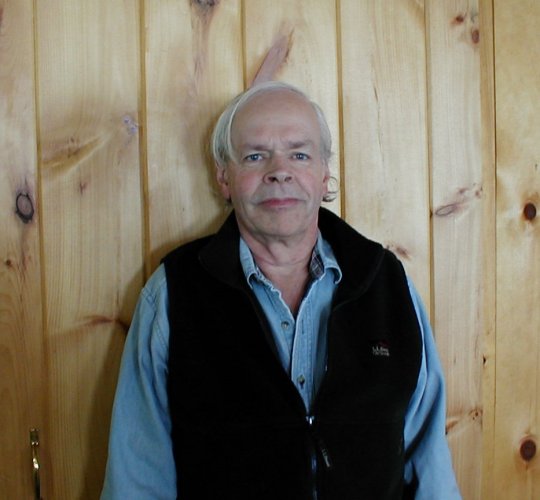One of the ways we keep busy out here on the dirt road involves the internet -- probably coming as no surprise to much of anyone -- but our use of the internet involves something besides playing Farmville (no, we don't play Farmville). What we started doing nearly a decade ago was republishing history.
The whole thing was premised on the fact that if you're doing your family history, there's really no substitute for knowing everything you can about the area where your ancestors lived. That requires access to local history, which was (and still is) pretty hard to find, even if you're living in the area you need to research.
It's almost impossible to justify republishing local history in print -- demand is far too thin and cost way, way too high -- but digital republication? Well, possibly that might be cost effective.
Anyway, we started collecting historical and genealogical material and putting it on CD-ROMs. That line of business eventually morphed into an additional delivery mechanism, downloads. We didn't look back. The idea of republishing in print never really came up again for serious discussion.
Until yesterday, when we republished a thin hardback book called "The Gateway to a Continent -- The Grand Central Zone".
Of all the publications in our catalog (and there are several hundred now), this one is the one that most deserved republication in book form.
The quality of the paper, the delicate artwork forming the backgrounds for each page, the overall feel of the document demonstrated its quality – and, at the same time, clearly defines the market to which it was directed. The book was clearly directed at the senior corporate executive, the wealthy socialite, what remained of the upper class as the Great Depression was drawing to an end. It is clearly a marketing piece, yet it is sufficiently subtle about the fact that it lists no publisher or sponsor. The advertising it contains are the articles and photographs themselves. One surmises that it was a cooperative effort of the owners of the buildings mentioned in the text and pictured.
Subtlety pervades the document. There is no publisher or author or printer named and no copyright claimed. We must deduce even the date of publication. The Waldorf-Astoria Hotel, cited as “ultra modern” in the text, was built in 1931. A mention later of 1934 suggests it was published after that date, and a notation on a map that the World’s Fair would be in Flushing, accessible via the Subway running under Grand Central, would begin in 1939, provides a likely end date. So we date it between 1935 and 1938 – surely not a good time to be marketing expensive office space or high-end hotels or nine room Park Avenue apartments. Yet this is clearly the objective of this book.
It's a beautiful book. My wife, who is not given to expressions of approbation, spontaneously commented "It's wonderful!" (That made me feel good in the sense that my judgement was considered good, and bad in the sense that this was being republished in digital form only.)
I thought a bit more about who might be interested in this download. I could identify students of marketing of luxury goods, those interested in New York City history, and those with an interest in historic railroad stations (not a small group, by the way!), but also those interested in the development of urban planning theory. The introduction to the book suggests that the Grand Central Zone – the first we have encountered this term for the area – will become a paradigm for future American urban development. You'll recognize some of the landmarks: Grand Central, of course, the Waldorf-Astoria, the Biltmore, the Roosevelt, the Graybar Building. Others are gone (think of the grand apartment houses in the style of upper Park Avenue that once lined that street right about Grand Central) or have assumed new identities.
All reasonable, but I'm reminded that whenever we ourselves go back into New York City, we enter via that same Gateway. It's fun to see what's the same now as it was 80 years ago -- and what's different.
Things Change over time
11 years ago



